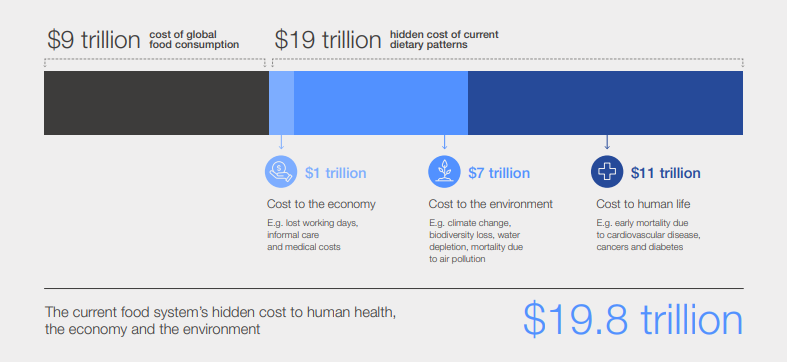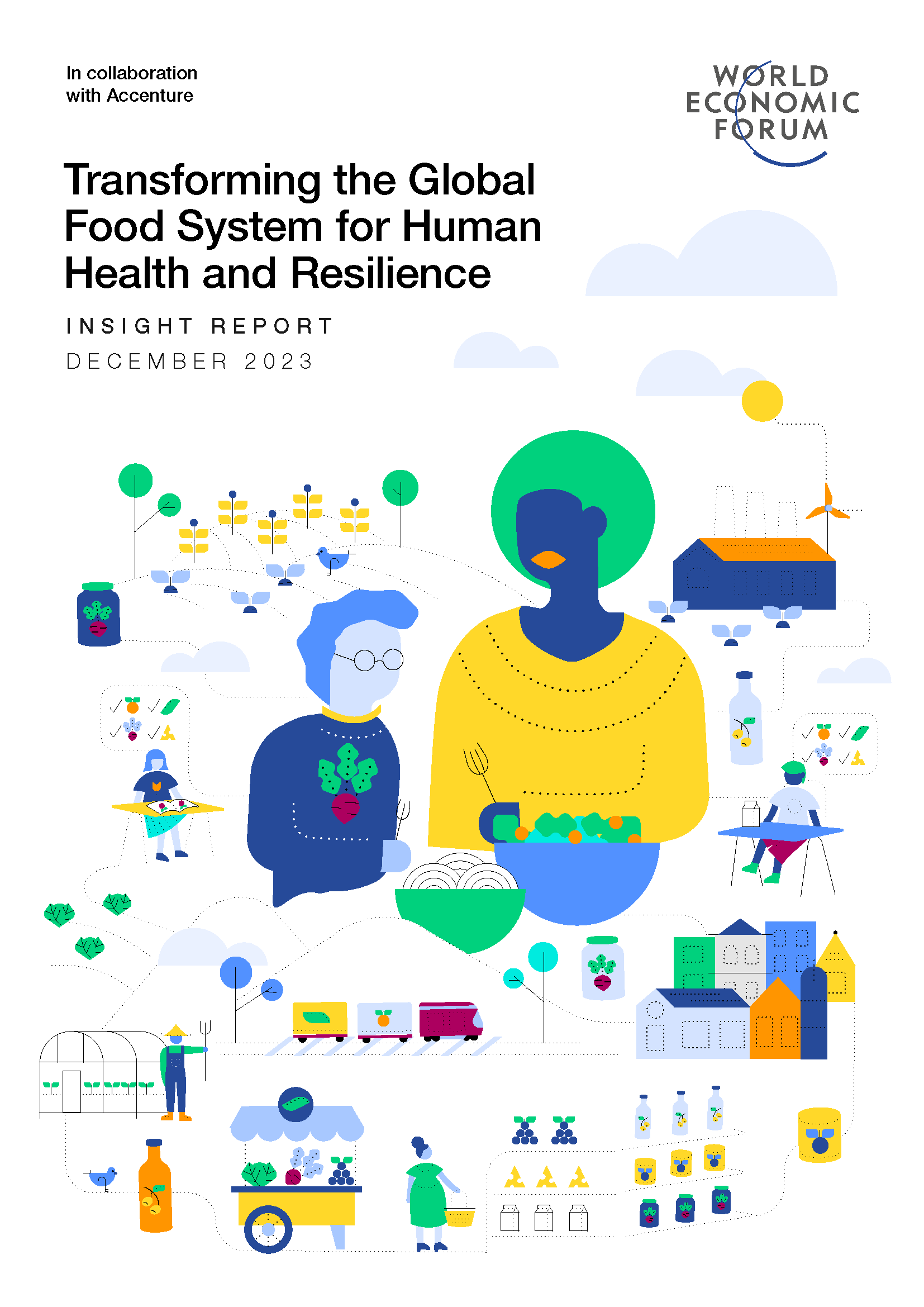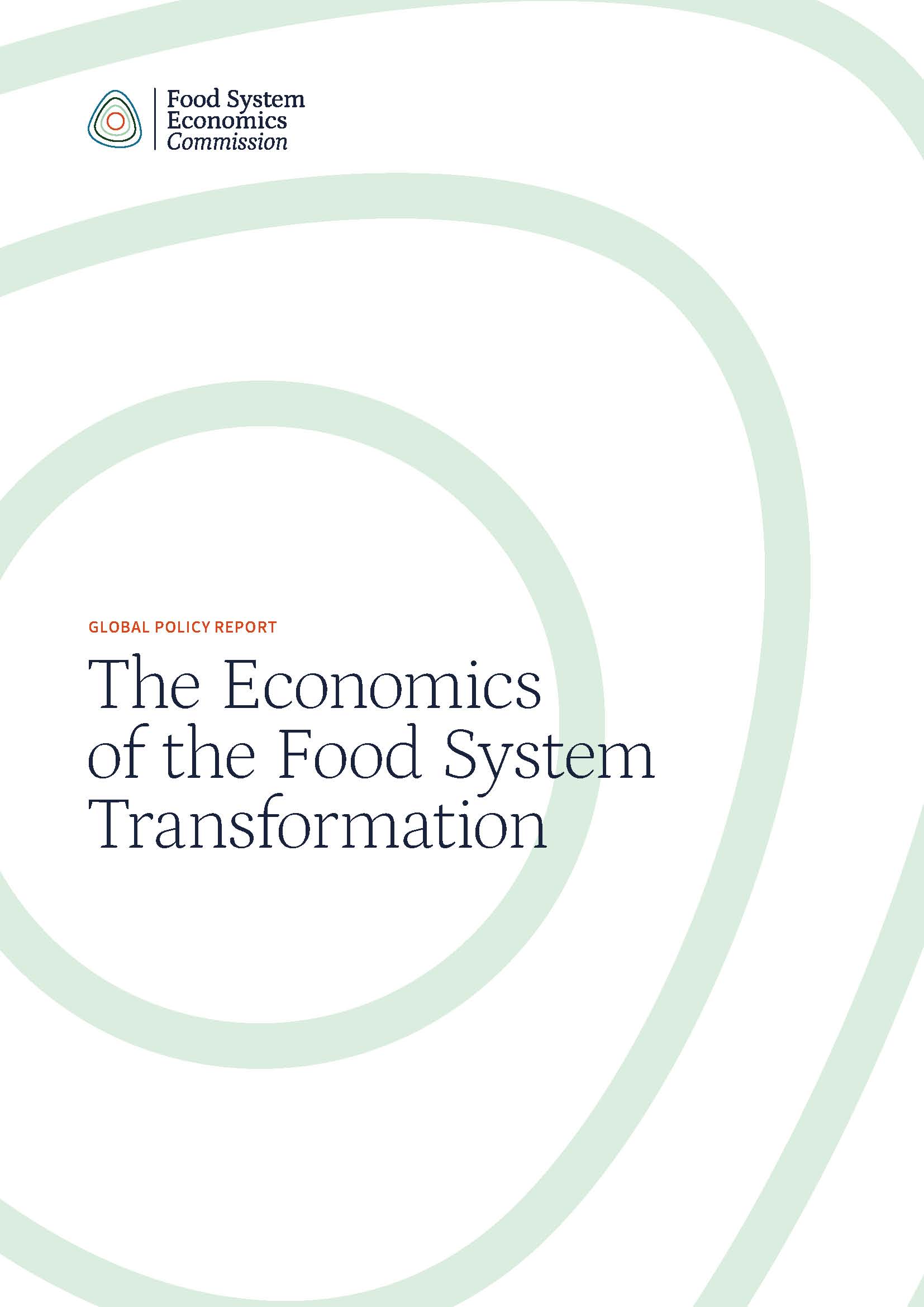The Costs and Opportunities Associated with Our Food System
The global food system is built upon a broken cost model. What can we do about it?An analysis to determine the current cost of externalities in the food system and the potential impact of a shift in diets to more healthy and sustainable production and consumption patterns reveals that the current externalities were estimated to be almost double (19.8 trillion USD) the current total global food consumption (9 trillion USD).
These externalities accrue from seven trillion USD in environmental costs, 11 trillion USD in costs to human life and one trillion USD in economic costs.
This means that food is roughly a third cheaper than it would be if these externalities were included in market pricing.
Two significant reports highlight an undeniable fact: The global food system is currently based upon a broken cost model that enables food companies to “externalize” a significant portion of the actual costs related to their products.
What are externalized costs? Externalized costs are costs generated by producers but paid for by society as a whole. For example, a factory may pollute water by dumping waste in the river without paying for it. Fifty kilometers downstream, the local government has to clean the water to use it as drinking water.
THE CONCEPT OF EXTERNALITIES: COSTS AND BENEFITS NOT REFLECTED IN MARKET PRICES
Costs not included in the market price of food are called external costs, or externalities. The technical definition of an externality, according to Smith, is “a cost or benefit not transmitted through prices that is incurred by a party who did not agree to the action causing the cost or benefit.” General types of externalities associated with food include ecological effects, environmental quality, GHG emissions, animal welfare, social costs associated with labor, and public health effects.
These costs can occur anywhere in the food life cycle, from animal feed crop production through food waste disposal. For an example at the input stage, Smith mentioned potential ecological costs to using genetically engineered crop seeds for animal feed. They include the evolution of newer, more vigorous pests; harm to nontarget species (e.g., butterflies); disruption of biotic communities; and irreparable loss of species diversity or genetic diversity within a species (Snow et al., 2005). The actual crop and animal production stages yield a variety of potential external environmental costs. These can include soil erosion and sedimentation; impaired water quality; overdrawn aquifers; loss of biodiversity; air pollution; and GHG emissions. In some cases, the production stage can include potential external health costs, including pesticide exposure, exposure to pathogens in water systems, inhalation of dust, consumption of chemical residues (e.g., antibiotics and growth hormones), and exposure to antibiotic resistant bacteria. According to Smith, however, this pales in comparison with the direct and indirect health costs associated with food consumption patterns later in the food life cycle.
The following reports highlight the true costs of food:
The costs of a broken food system are now clear, but what are the opportunities?
“Transforming the Global Food System for Human Health and Resilience”
This report, developed by the World Economic Forum’s New Frontiers of Nutrition community in collaboration with Accenture, advocates for a significant shift in strategy for global food system transformation towards a focus on both human and planetary health.





